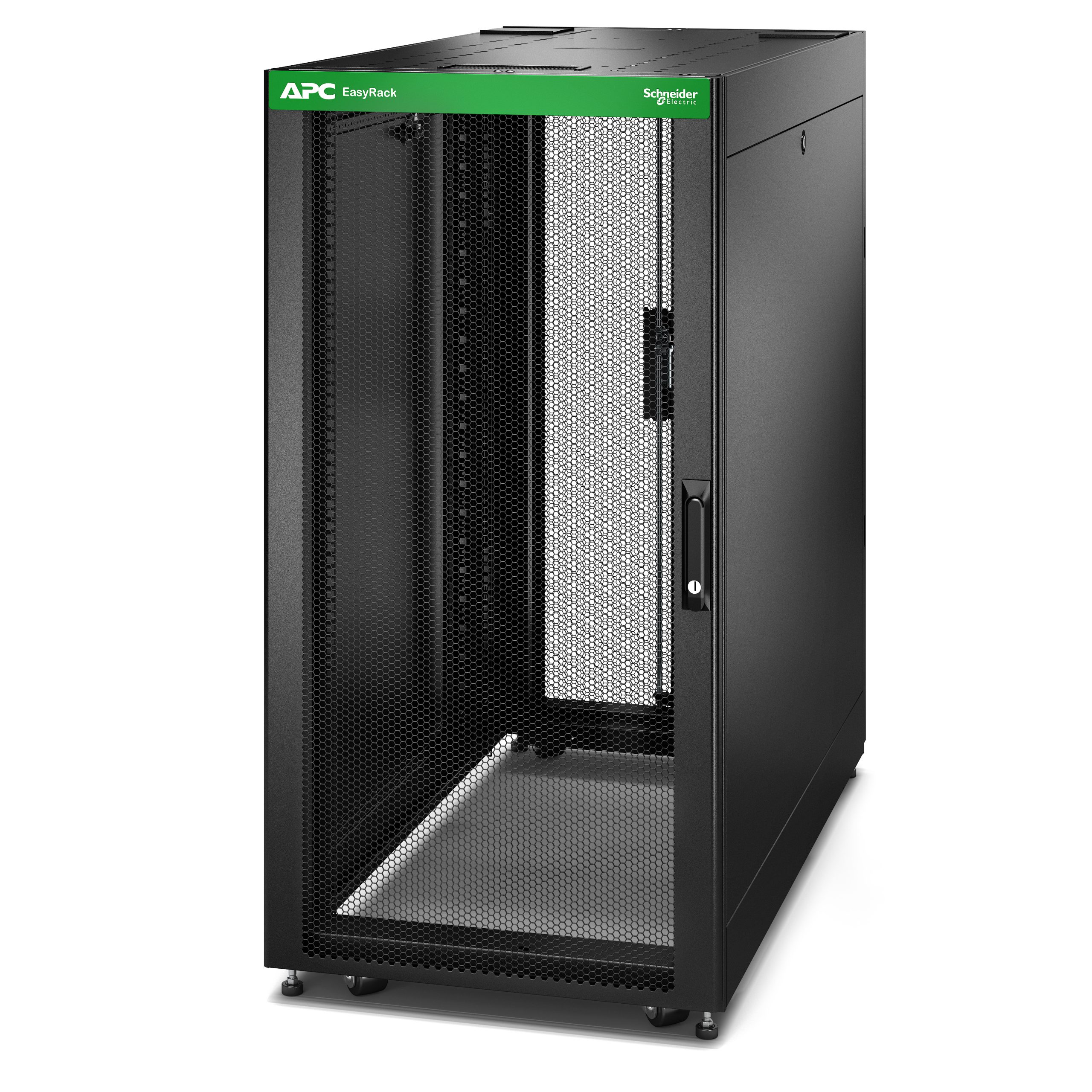How to select the right racks and enclosures for your physical infrastructure environment
Author: Beatrice

Marc Garner, VP Secure Power UK and Ireland, Schneider Electric
Digital transformation has been a key focus for businesses for many years, but post-pandemic many organisations’ efforts have accelerated. IDC forecasts that direct digital transformation (DX) investment growth between 2022-2024 will hit $6.3 trillion – equating to 55% of all ICT investment by the end of 2024.
Data centres are the very heart of the digital economy and their infrastructure, especially in micro data centres and edge computing environments, form the basis of many digital transformation efforts. Architectures and requirements, however, will differ from one business to another, and the mission-critical systems that underpin these projects can mean the very difference between success and failure. As such, it pays to pay close attention to the choice of components.

Changing environments
Today choices around racks, enclosures and other physical infrastructure need to be made according to the critical environment in which they’re being hosted. This can range from a server rooms and network closets in offices, to edge data centres and colocation facilities. Each environment will differ in the way it’s been designed to accommodate IT equipment and critical applications, with resilience often the main priority.
The majority of server, storage and network equipment is designed for mounting in 19in racks, based upon the standard established by the Electronic Industry Alliance (EIA). However, one of the most popular IT racks sizes is 600mm (24in) wide, 1070mm (42in) deep, and 42U tall, where 1U or rack unit, measures 1.75in (44.45mm).
Today, most data centres support standardised rack configurations to host a variety of IT equipment (ITE) densities and form factors that may require additional accessories. Increasingly, 48U, 52U and even 58U racks are being installed to increase the volume of IT equipment in the same rack footprint.
Outside of enterprise facilities, which have adequate cooling and environmental control, small server rooms and branch offices can often play host to mission-critical IT. In the era of IT infrastructure everywhere, these environments can typically be unsecured, unmonitored, and space constrained – conditions which can lead to system downtime or ‘close calls’ that require immediate attention.
The networks edge
As the demand for infrastructure at the edge increases, preconfigured micro data centres are often selected to standardise designs, reduce complexity, and increase speed of deployment. Gartner, for example, estimates that by 2025, 75% of enterprise data is expected to be created and processed at the edge, and recent research from IDC found that 50% of respondents are investing in edge computing, to ‘improve cyber security’, and that systems resiliency and reliability also remained key factors in decision making.
There are also several factors driving the proliferation of data and its consumption at the edge. First among them is the demand for low-latency applications, including digital streaming from film, TV and music platforms. Secondly, the rise in IoT connected devices, artificial intelligence (AI), and machine learning are driving digital transformation in almost every industry. Nevertheless, having a standardised system built on pre-integrated hardware is essential to increase reliability at the edge.
Data centre modernisation is also a hot topic, given the focus on improving energy efficiency and sustainability within the sector. In both on premises and legacy data centres, row-based architectures utilising hot or cold aisle cooling configurations can offer a host of benefits including faster deployment, greater resilience and increased energy efficiency.

A simple approach to rack selection
A rack is often the very foundation of digital transformation, but choosing the right system is essential. To simplify the selection process, Schneider Electric recommended a four-stage approach:
Identify the attributes of all IT and non-IT equipment to be mounted, and establish some basic parameters, such as dimensions and load capacity. The attributes of non-IT equipment such as rack power distribution units (PDUs), automatic transfer switches (ATS), rack-mounted uninterruptible power supply (UPS) and so on, should also be considered. Remember, network racks are generally wider than server racks due to their cabling requirements.
Select IT rack dimensions and load capacity based on the attributes of equipment, and here there are three key factors to consider:
- Firstly, the growth plan of the equipment – if future requirements are unknown, it may be worth specifying over-sized racks to enable higher rack density requirements.
- Secondly, higher rack densities generally equate to greater rack weight. Therefore, ensure that racks (and the facility floor) are capable of supporting weights at the highest rack densities.
- Thirdly, specify vendor-neutral racks, which often means the widest range of equipment can be accommodated from the largest number of manufacturers. This also means end-users can also plan for changes over the lifecycle.
Select your rack preferences, which might include colour, door style (curved or angled), the type of door lock or physical security and seismic bracing. Regardless of preferences chosen, design criteria and system uptime should remain the key priority. For example, any change to the front or rear rack door should not restrict airflow to the critical IT equipment.
Finally, select your IT rack accessories to improve operational efficiency. Accessories can be utilised in one of several ways. For example, to improve cooling performance through airflow containment, to reduce the risk of downtime through power capacity and cable management, or to reduce physical threats and human error through remote monitoring and Data Centre Infrastructure Management (DCIM) software.








